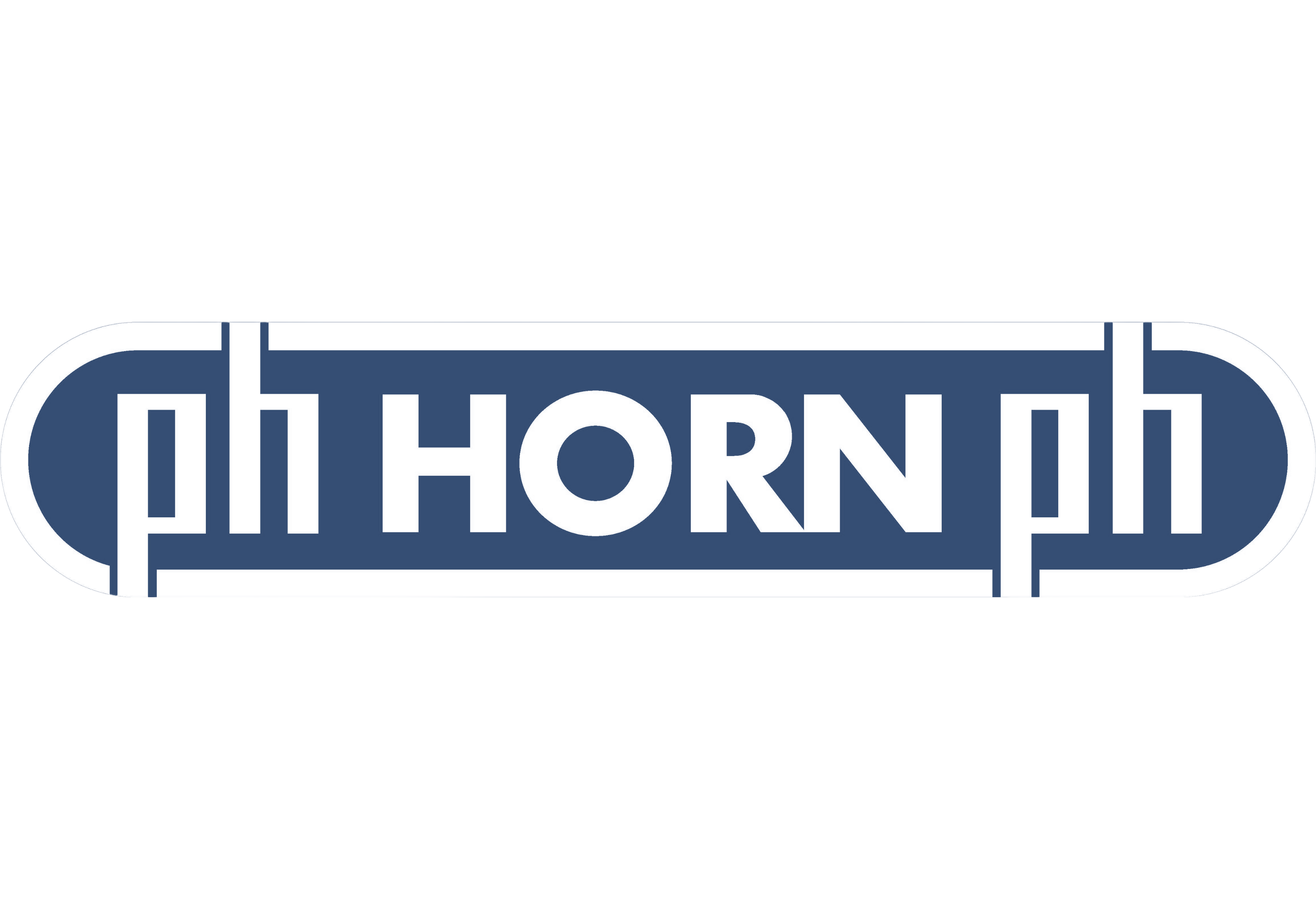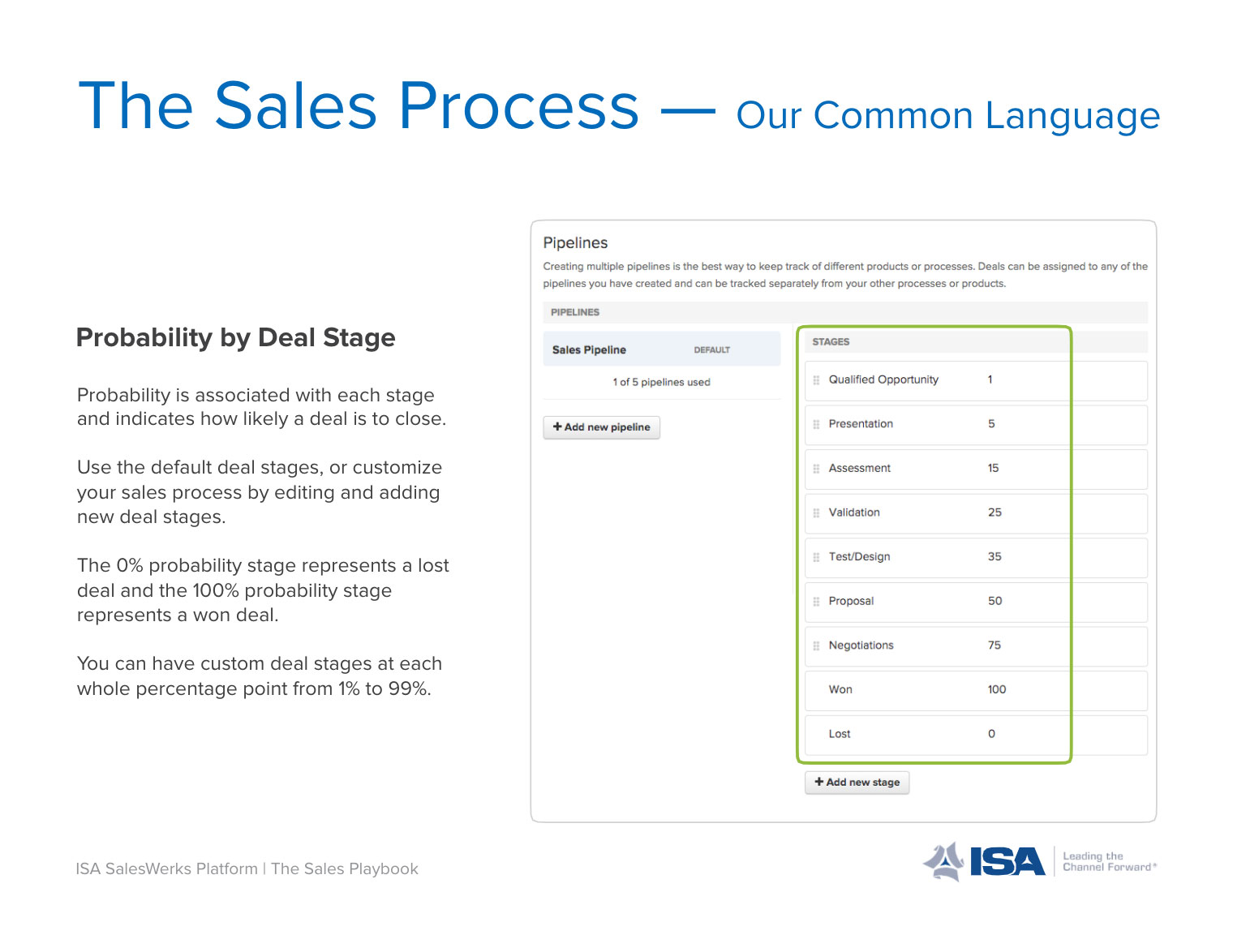ISA President, Brendan Breen, had the opportunity to sit down with Jamie Goettler, Senior Director of Metalworking Sales and Innovation, and Erik Gershwind, President and CEO, of MSC Industrial Supply, this past year’s winner of the ISA Innovation Impact Award. Below is the transcript of the full 40-minute long interview where the three discuss MSC MillMax® – the service that won MSC this prestigious award – as well as the importance of innovation when striving to meed the End User’s evolving needs.
WATCH THIS EPISODE ON THE CHANNEL | WATCH THE FULL 40-MINUTE INTERVIEW
Brendan Breen
Hello and welcome to another episode of The Channel. Today we’re talking about innovation, specifically the ISA Innovation Impact Award. Given the constantly evolving end user as well as other industry disruptors, innovation is a company’s best chance at maintaining relevancy for the future. The Innovation Impact Award honors Distributors, Manufacturers, IMRs, and Service Providers who bring new innovative products or services to the industrial MROP channel. Based on your votes as members of the ISA community, I am pleased to recognize this year’s recipient of this prestigious award, MSC Industrial Supply for MSC MillMax. Let’s get started.
I’m on the road again, this time out on Long Island to sit down with Jamie Goettler, Senior Director for Metalworking Sales and Innovation, and Erik Gershwind, President and CEO of MSC Industrial Supply Company.
INTERVIEW:
Brendan Breen
Hello, guys. I am here in Long Island and thank you for having me here. I’m at MSC with Erik Gershwind and Jamie Goettler of MSC. And we’re here today because MSC won this past year’s ISA Innovation Impact Award, and it is one of our highest honors and it truly speaks to one of our core pillars as an organization: Innovation. So, you submitted a product this year, I’d love to have you guys tell me a little bit about it. Jamie, can you tell me a little bit about the MSC MillMax and what it does?
Jamie Goettler
Absolutely. Brendan, thanks for having us too. MSC MillMax is a service, actually, and what we use is a combination of hardware and software that helps optimize our customers milling applications. So essentially what MillMax does, it takes a small hammer to the end of a milling assembly. An assembly being the end mill, the holder, and then of course, the machine itself that it’s in. That measurement that we take with the hammer when we tap that tool is really a unique fingerprint to that specific application that’s happening at the customer.
But what we’re able to understand through that measurement that happens in less than 15 minutes is what are the various stable speeds that that combination of things wants to operate at together. Once you know what’s stable, then you know what’s possible on that machine. So, then we use custom machine learning algorithms and other formulas that will help us understand: this is the best situation for this customer that’s milling titanium with this setup. So, in less than 15 minutes, we’re essentially combining, you know, physics with cyber systems to be able to optimize our customers.
Brendan Breen
Really cool. So, I heard a really interesting analogy about this tool, and let me know if I’m on point here. But they said, imagine you’re driving down the road in your car and you hit 40 miles an hour and your car starts to rattle a little bit. What you normally would do in that instance is maybe slow down and get to a place where you’re not rattling. But sometimes if you go a little bit faster, maybe you get up to 60, no more rattle. So, it’s about finding those points where there’s no rattle. Is that a fair analogy?
Jamie Goettler
It’s a great analogy. I don’t know who told you about it, but I’m going to use the analogy myself. I normally use one that talks about the spin cycle on a washing machine where sometimes you think that it might be out of balance, but then it speeds up and it ends up it’s just fine.
Brendan Breen
And I mean, how common of a problem is this? Is this a big problem that our end users are facing?
Jamie Goettler
It is. So the first thing that I would say is when we decided to commercialize MSC MillMax, we recognized about 40% of the industry’s cutting tool consumption and applications and subtractive manufacturing are milling related. And it’s the highest by far, over drilling, over OD turning, ID turning, and other things. So, if we were going to make an impact on American manufacturers, then we knew that this is a really fantastic place to start.
So yes, milling is prominent and chatter is what kills all milling solutions or systems or tools, as it were. So, the idea is, if this tool can help you find stability and then you can get to these optimal parameters rather than the traditional trial and error, not only are we saving time to find those ideal solutions, we’re also significantly improving these manufacturers with the highest speeds that they can operate at.
Brendan Breen
So, solving end users problems is something that obviously must be core to your business model and a big thing that you guys believe in. So, tell me and connect the dots between an innovation like this and solving end users issues.
Erik Gershwind
So for us, it really goes back to MSC’s brand promise and what it is that we stand for for our customers. And that brand is captured with our tagline of Built to Make You Better. And really that’s intended to be a nod to the idea that our customers, most of them are manufacturers, most of them are under immense competitive pressure, are facing challenges that all of us in the industry face, such as staffing shortages and a skills gap, margin compression, the need to free up cash flow, get closer to customers and get their products into their customers hands faster.
All of those were cries for help that we’ve been hearing from our customers for well over a decade now. And, you know, it was somewhere about a decade ago that MSC decided to lean into that and say our role historically, we were more of a spot buy supplier, as many in the industry would call us a catalog house.
And as a catalog house, our role really ended, we played an important role of shipping next day to customers, but our role ended when our products would show up on our customers dock. And as this drumbeat or cry out for help became more palpable, we saw an opportunity, and the opportunity was to actually extend our reach inside of our customers operations and help them with these challenges. Make them become better, build to make you better, and doing that by improving their manufacturing process, by taking cost out of their operations.
So we put an extensive effort into extending our reach into our customers. And as we did so, we kind took a look inside the company and said, what is it that we have to bring to our customers that is uniquely us and that would differentiate us? And really three pillars, if you will, stood out for us.
The first was our product offering. It’s broad and it’s deep. And I think what’s fairly unique is the fact that we do carry such an extensive array of brands. And so, we’re able to go to customers and really be viewed objectively by them. The second thing was our people. We have, and as we looked back and did this internal look, decades upon decades of experience, and whether that’s experience on the buy side of our business and sourcing relationships or on the sales and the customer side with hundreds of technical experts that were inside of our customers plants already every single day and understood machining. That was sort of the foundation.
The third pillar was the one that’s newer and that’s gotten introduced with Jamie’s leadership over the past couple of years. And that’s this idea of innovation. What we saw was that we’re sitting on really a gold mine of decades worth of transactional data and information, that we have between our technical specialists, our call centers, interacting with customers. And that data was lying dormant.
And because of great technology tools that are now available to us, Jamie mentioned mining through artificial intelligence and such with MillMax, we’re actually able to capitalize on that data and turn it into insights for the customer. And that’s really how we view innovation inside of MSC. And probably if there’s one message for the viewers, it would be this: innovation begins with solving customer pain points. It doesn’t begin with technology. And I think that’s what we tried to do, is identify the pain point, then bring in the tools to help solve it.
Brendan Breen
Yeah, I mean, you mentioned Jamie and the work that he’s doing. You’ve made this intentional, this move towards innovation. Talk to me about the creation of this innovation team you have internally. A catalog house might not be known for having an innovation team there. So, tell me about how you built that, why you built it, and where do you see it going?
Erik Gershwind
Yeah, Brendan, really good point. So, I would say there’s two seminal moves that have happened in the last couple of years to turn innovation from kind of being, I wouldn’t say a sideshow, but a nice to have or an add on to the business, and making it a core part of who we are. The first move happened actually less than a year ago with our technology organization and we rethought and recreated what technology meant inside of MSC.
So for years, like many distributors or other businesses, we had an I.T., a technology function, that was a high performing function but more of what I would consider to be a traditional I.T. organization. And what I mean by traditional is I.T. existed to be in service of the business. We decided to rethink that given all of the trends happening around us that our customers, our suppliers in the marketplace.
And so we rethought technology and said it’s going to play not a support role but a leadership role. And to do that, we actually brought different pieces of the company together and we brought them under the leadership of John Hill, who comes to us from Carhartt, where he spent years doing this in a new role called Chief Digital and Information Officer.
That was, I think, the first move I call it. The second one is Jamie’s role. So, we took somebody who is as respected as it gets inside the company, as he is in the industry, and took him out of an operating role. And Jamie’s full time existence is now not worrying about, you know, how is our metal working performance today doing?
There’s other people that can do that capably inside the company. But where does this business need to be? Where do we need to be? Where do our customers need to be, and where does the industry need to be three, five years from now? So, we actually have a full time team, and Jamie’s done a great job of turning this from what was, for starters, a one man, a one person, show into a full, robust department inside the company who’s living and breathing innovation.
So, I think those were probably the two seminal moves. What I would say, though, is that it doesn’t quite do justice. What’s happened is this, call it a department, if you will, has become kind of like a movement. And I think that’s in part because of the nature of the work being done, in part because of the leader. We have somebody who’s really not only well respected but well thought of and with just a great track record inside and outside the company. So, it’s become a movement if you will, inside the company.
Brendan Breen
Yeah. And I feel like that innovation is contagious, too, especially once you start innovating, you start doing it, it spreads, and people love it. So, I’m hoping that those listening here today are getting inspired to think about the future and to think about what’s coming next. I think another key point that I found really interesting about MillMax, was that the relationships that were built in the creation of it are nontraditional, necessarily, relationships for an industrial distributor. You have a university, you have a government agency, you have a research laboratory, all partnering together to bring something that solves machining problems. So, talk to me about how that came together and why that was kind of the special sauce that made this work.
Jamie Goettler
Definitely. We were super fortunate to work with the folks that you just outlined a moment ago. You know, whether it is the folks at the University of Tennessee or Oak Ridge National Laboratory, the Department of Energy, Department of Defense and others, it has been fruitful. And, you know, when MillMax was introduced to us, really that game changing moment or that catalyst was back in 2018.
And, you know, one of the developers found me and told me, hey, listen, I know you had turned down this technology six years ago, but something’s changed and I think you should know about it. And I said, Okay, yeah, I’m listening. What changed? He said, we have the ability to create instantaneous dashboards to show how that performance can be improved right at the machine, right after the test. We had not adopted what we call MillMax today back then, because there was a lead time of a couple of days or three days to get the results and MSC’s traditional businesses everything is instantaneous, right? Instant.
You know, if you call an order in, you better call back in 30 seconds because it’s probably already in a box and on the way out. Or, you’ve got live pricing online or you have, you know, salespeople, great salespeople, instantaneously when you need them, they’re there. And I couldn’t see tapping a tool with a hammer and saying, hey, I’ll talk to you in a few days, right.
When the instantaneous dashboards became a possibility, then that caught our attention. So that’s how we first learned about it. But then when shortly, well, I guess right around the same time there was an executive order that was released. That’s Executive Order 13806. And really what it did, is it assessed the current state of manufacturing in the United States, and it said, you know, some things need to change, and need to change fast, on a number of different levels.
And one of the things we need to do is become more agile, more productive, and we need to take advantage of technologies when they’re out there. At that same time, I was introduced to some folks at Oak Ridge National Laboratory. Myself, Erik and some other folks at MSC saw “wow” we can become somewhat of a deployment arm for something like MillMax to do what this executive order hopes to do so.
It’s at that time that we collaborated with our first cooperative research and development agreement with Oak Ridge. And if you go back and look at that data, it says over two years you need to stand up this MillMax system, you need deploy it, deploy it nationally and go out and improve American machining businesses. And that’s exactly what we did.
And as a result of taking this technology, that was just stuck in a lab, and making it available to the masses in the manner with which we have. It has transformed those customers that have jumped on board, has transformed the way we work with our suppliers, has transformed our business. And by virtue of Brendan having a chance to meet with you and earning an award like this, it’s transformed how maybe MSC is viewed in the industrial distribution marketplace.
Brendan Breen
Yeah, I mean, again, I think that transforming is definitely part of innovation, but what’s very interesting and what caught my eye immediately was the fact that sometimes innovation can’t just happen by being in an echo chamber of your business, you need to reach outside. So, Erik, do you remember this point where you were like, that would be interesting if we brought in somebody and maybe that’s how we can innovate and think outside of our normal lane. Is that something that you kind of prescribe to internally? Thinking outside the box for lack of a better term. But, you know, how do you get that external perspective?
Erik Gershwind
Yeah. So I would definitely underscore this idea of partnership being core to innovation, at least here at MSC and I’ll go back to one of the comments I made earlier about, you know, sort of transforming our role inside of our customers and taking stock of what we had to bring to bear. What we also did is took stock of what were our gaps, what we missing, and there were clear things we’re missing.
So we had strength around metalworking expertise and technical knowhow and product assortment. We didn’t have all of the latest and greatest technology already built out. We didn’t have, we had Jamie, but beyond Jamie, only a handful of people who were up to speed on the latest cutting edge of US manufacturing and machining. And so, we decided that we weren’t going to try to just build that out ourselves.
We were going to partner with people who knew it better. You know, one of the beautiful things for me is ingrained in this culture. I mean, this company is over 80 years old. I’m only our fourth CEO. You know, from my grandfather to my uncle, there’s a humility in kind of the in the culture and the purpose of the company and an understand that there’s more that we don’t know than that we do.
And so, I would say that’s one that’s been ingrained in the culture: to ask for help, whether that’s a peer or whether that’s for me, our board of directors or whether that’s third party. So, the idea of reaching outside the company has always been, I would say, part of the legacy of the company. So, it felt very natural to turn to third parties.
Brendan Breen
Yeah, really cool.
Jamie Goettler
I might add one thing that Erik has shared a number of times throughout the organization, and that was the notion of expand your circle, as well. You know, years ago, you know, Erik and our executive team had shared that idea, that mindset. And this was one of those situations where, again, is out of the ordinary, but it was the right thing to do.
There are people doing just absolutely amazing things out there that can support the improvement of these manufacturing businesses that just, you know, needed a commercialization arm or a partner or somebody that could help take that really great idea and make it come to life. And so, you know, I would say expand your circle is another really key mantra that we use here.
Brendan Breen
Okay. So, it’s been a couple of years now since MillMax has come out. Talk to me about a few of the successes, either specific successes or overall numbers. I mean, how many tests have you run at this point?
Jamie Goettler
Yeah, so we’ve run thousands of tests at this point. And I would say probably very top end, hundreds of customers, approaching, a thousand customers that we’ve done it with. The results are jaw dropping. You know what I would normally say to customers when I talk to them about it is that if, you know, one of the cutting tool OEMs came out with an End Mill that was claiming that they’re improving material removal rates by 25 or 50%, a lot of companies would want to go and test that thing or see this thing operate in their facility.
We’re more than two years in and the average is still around 300% across all materials, all types of machines, all types of holders. And nobody’s doing anything wrong, right? We all applied tools with the same way of that, that trial and error and trying to figure out what’s the sweet spot for this milling cutter to run.
So, the metrics are really jaw dropping. So as of today, they’re starting to hold steady at around 300% on average, you know, so there might be some that are 800% and some that are 50%, but 300% on average. 50% cycle time reductions on average. You know, listen the way to look at that, in terms of context, is you can make double the amount of parts in a given day.
If you just use that basic math, that’s double a customer’s revenue essentially. Right. They can make twice as many parts. If supply and demand was such that if you make them, would you sell them. And we have a tool that can, in less than 15 minutes, show you that that could be a result that you realize, not to mention the energy savings, not to mention the sustainability savings that comes along with it.
So, the successes have definitely been there. It’s across all brands. So, I know you’re going to ask questions like this. So, I said, you know, to show this unbiased level of support that we offer into the community. We have a lot of really great brands and have some great partners. We’ve tested more than 50 different brands with MillMax.
Like if I sat here and tried to name 50 brands of end mills or milling cutters, I’d probably peter out about 25 or so maybe. There’s a whole other listing that we’re open to, you know, seeing is this the right tool for the job, and the customer, and their results is the most important thing.
In terms of a specific success that I would share was this had happened during the difficulties of the really severe difficulties of supply chain challenges from the last couple of years. And a customer had ordered, a customer in New England, had ordered some Inconel castings to make air foils or vanes for the aerospace industry. They received in these castings, that would then have to be finished, milled and then, you know, sent off to there end customer, found that all of these castings, all of them were a bad batch.
And the lead time to get them back was somewhere around 24 weeks, if I recall correctly. And this end use customer needed them, their customer needed them in less than six weeks. So they found Inconel bar stock, created a whole new program for it and said, hey, we keep hearing all this stuff about Millmax, now’s the time to show us.
And so we went in and we tapped what we believed would be the best solution for them in terms of a holder and mill combination, and found that not only did we get them to machine these things twice as fast as they ever, ever had before, they were able to beat their lead time commitment and made 20% more profit at the end of the day.
So, like when I think about MillMax successes, literally, it’s probably once a week or a couple of times a week, I’ll hear things from across the country, but that one really stuck in my mind as to a really fabulous one.
Brendan Breen
Yeah. So, like the maybe the adoption is, is going like this, but the, the benefit is just boom like immediate first time use it’s already turning on value.
Jamie Goettler
I would add the worst-case scenario when we apply MillMax, should be that we find that the customer is already optimal. Now, of course, everybody wants to see an improvement every single time. But if in less than 15 minutes we’re able to come in, do this quick measurement and say, hey, you don’t need to worry about this part of your operation anymore because you’re already optimal. Try to work on other things. Their mindset can be at ease and it’s not a bad thing to understand that. So sometimes our successes are just, Hey, you’re already optimal. That happens. But the average is, like I said to a little while ago, pretty jaw dropping.
Brendan Breen
Yeah. Which is absolutely a good way to say that. Jaw dropping. I mean, that’s a significant benefit back to the customer. So, the Industrial Supply Association, we are a channel association, and we talked a little bit about brands and that unbiased look, you know, this is a tool that improves the experience and also cost savings for end users. Talk to me about how the supplier community can engage with MillMax and what they can do to work with MSC to provide value.
Jamie Goettler
Yeah, there’s right now, you know, as we expected when we did this and we saw the results in the early stages before they became commercially recognized or available, that we figured if we were going to show this much improvement that’s going to put us in a position to help a customer, that when you help a customer, then a byproduct of that is you are in their business. And that MillMax, with these levels of successes, would create maybe a tidal wave of interest from the supplier community that says, Hey, we either should get close to or need to get closer to what’s going on out there, because God forbid, if we run into a test where they’re using MillMax and we’re not, you know, is that going to put us in a position where we lose this test?
That certainly has happened, but our suppliers have really stepped up in a big way and expressed their interest in partnering with us. Some of which have goals and objectives of their salespeople and their application engineers to work closer with MSC to continue to improve results of their tools and improve results for our customers. So, it’s really expanded our relationships even further than they already are.
Erik Gershwind
One thing I’d underscore is, I think, it’s important to note that, you know, innovation in this case, MillMax, is not a zero-sum game, and that’s not how we look at it. In other words, it’s not that MSC wins and someone else loses. Whether that’s another distributor, whether that’s a supplier, the customer. In the end, all of us benefit from a thriving US manufacturing economy, and tools like this are aimed at making manufacturing better, plain and simple. A better manufacturing economy benefits everybody. And so that’s why we’re so passionate about this.
Brendan Breen
And it’s absolutely in the spirit of this award, this is a channel award. And those that rise to the top here are those that are not just creating significant value to the end user, but those that are bringing the channel together to provide something as a collaboration. You know, there’s a tool that’s being put in there, that’s being tapped, and that’s part of this.
Jamie Goettler
Frankly, in my acceptance speech, we’ll call it, it was interesting because it was a lot of my competitors out there, right? And I wasn’t sure what kind of a response we were going to get. But I said, listen, we do this stuff that means these businesses are thriving more. That means they’re making more. That means they’re buying more tools and buying more services and solutions. So Erik’s point is exactly right.
Brendan Breen
Right, and it’s to your point. This isn’t just, it’s not a sales strategy. It’s not a go to market strategy. This is about diving into and getting so much closer to the end user and solving their problem. Now, benefits come from that for sure. But like you said, the whole industry gets better if American manufacturing gets better.
So, the MillMax generates a fair amount of data, a lot of data. There is, I would assume, some very interesting findings from these specific tests that can have applications elsewhere. I mean, you said you were sitting on this goldmine of information about transactional. Now, I believe you’re sitting on a gold mine of actual testing. Is there an idea of what you would use this for?
Jamie Goettler
Yeah, definitely. So, let’s start with as you as you suggested, the data that we have from MillMax, which you know, what I would tell you is all application data. So, we know what material, what skew or end mill, what holder and then we know what their existing RPMs were, if it was an existing operation feed rate, tool life, and all those kinds of things. Ultimately material removal rates and otherwise, we’re able to see those improvements.
And so, you know, MillMax is a little bit different because milling is different. Milling is different because there’s teeth in the cut and sometimes there are and sometimes there aren’t. And because of that, every one is a unique fingerprint. So, I can’t use that data in aggregate to say, okay, this is the best end mill, because this end mill might be great for this machine and this spindle for this material, but that might not be the same for another type of customer.
What it is showing us, though, are certain, we’ll say geometries or certain technologies of milling cutters are better than others. It’s showing us that in some cases, maybe the surface footage ranges that were offered up in the supplier’s handbook or catalog were limiting, right? It wasn’t necessary, you can actually go faster and further than what’s out there.
So, the data is telling us that for MillMax. And I think over time, as we get thousands and thousands of more tests, we’re probably going to be able to hone in on some real constructive and helpful insights for the industry. We are doing that however in a current way for customers on turning operations. So, you know, to your point of the existing datasets that we have, we’re looking at turning right now and saying, okay, well that’s not a physically volatile operation.
It’s a single point that’s always in touch with the material. And by virtue of that, there’s not all of this chatter and there’s volatility, as I said, with the cut. And so, the performance of this in a machine shop in New York versus a machine shop in L.A. could be similar. So, we’re taking that data right now and we’re identifying what trends and what tools, what grades, what chip breakers are working best for different materials.
And that would be what’s coming next from MSC is the use of this data to show what is happening real world. Even to the point, Brendan, where we’re able to take a customer’s existing operating parameters plotted on a graph with all of our tests in the same material, in the same type of insert, and almost do like a health check and say you’re at like 65% of where the industry is. In a moment’s notice we can tell them this is where the industry is with this particular insert, with this particular grade, give it a shot and we expect it to be successful.
So, you can see that there’s a method to the madness here of, hey, we started milling and some really great things improving over here. Let’s take a look at the lathe side of the business and see what we might be able to do over there.
Brendan Breen
Yeah, I mean, we talked about how innovation begets more innovation. I think that this does have applications. I can see a large data set around performance that is being aggregated, leading to a lot more innovation. So, I know that you don’t want to let everything out of the bag, but I assume innovation isn’t going to stop at MSC. So, guys, what’s next? What are you excited about right now?
Erik Gershwind
You know what, one thing even before pivoting to the what’s next. As Jamie was talking you know about the benefits, talking about this being a channel wide effort here, you think about the data that’s being aggregated and then mined across tests and tooling all over the nation, different industries, different materials, etc. So there’s an obvious benefit to the end user, but the benefits that we can and we’re just starting to sort of scratch the surface back to our supplier partners. Whether it comes to product development and sort of unmet needs in the market, whether it’s marketing material and how to best communicate. We think that there is a whole host of benefits there on the supplier side that we’re just starting to tap into.
In terms of what’s next. Yeah, I won’t go into too much detail other than to say that Jamie’s now built out an innovation team. He has an extended team that is a cross-functional collaboration across the company. I have the privilege of joining some of his sessions, and it’s what Jamie calls his garage and inside the garage, there are a whole series of projects that are at different stages in their lifecycle. He mentioned one on the turning side of the business that’s going to hit markets soon. There are others at various stages of piloting or testing, but I think fair to say that this is no longer an event, but this is kind of a way of life for the company now and I think you could expect to see this from MSC now as part of just the way we add new products each year, we refresh our website, we hire salespeople. This is going to be kind of a core part of what we do each year.
Brendan Breen
Jamie I know that there are some innovative products that are out on the market that we should shine a light on. So, you know, what are a couple you want to talk about?
Jamie Goettler
Yeah, I think there are a couple that are worthy of mentioning and one of them comes on the heels of MSC MillMax. And if we it is all about the end customer, this one really shines a light on that notion specifically, and it’s called the Accupro ST series and the ST stands for Smart Tool, right.
Essentially what, what the value is with this Accupro ST series. It’s, it’s essentially like MillMax for the smaller shops that exist all throughout America. We have a whole bunch of MillMax kits in the hands of a whole bunch of application specialists across the country. But we can’t be everywhere at once. And some of these really small shops may not get the opportunity to experience what MillMax can do for them.
Well, now you can get a performance like MillMax off the shelf and we don’t have to send somebody in. So, what we developed was a tool that is a milling assembly. It’s on the shelf. And for certain types of the most popular milling machines that are on shop floors across America, we have calibrated these holders and know exactly how they’ll operate on those machines within the first five years of their existence.
And so essentially what happens is a customer buys a holder and an end mill combination from the site, and then we give them an electronic dashboard that’s already created for multiple different materials. So, if you think of this small shop that’s an up and comer or just doesn’t have the time, the skills gap is pretty pervasive, as we all know.
And you don’t have the time to have people in or call people, but I can grab a dashboard and say I’m machining 316 stainless steel today. All right. I have this Accupro ST series tool here. What is the stable speeds hoss VF4? Boom. I’m ready to go and I’m making chips and making money. So, it’s essentially like off the shelf MillMax optimization and you didn’t even have to have a person come in to do it.
Brendan Breen
And similar successes, maybe not the same specificity or the same successes that would come with the specificity of an onsite technician. But successes, nevertheless.
Jamie Goettler
Successes nevertheless is exactly right. And success in this particular case is just the convenience factor of knowing rather than guessing. And so, what we’re trying to do is in the earlier part of our customers production workstream where they’re planning on the jobs or they’re quoting the jobs that they may get, rather than saying, you know, hey, I think I’m probably going to be somewhere around 200 inches a minute, this tool might show you that with this solution, you might be at 275 inches a minute. That might be the difference between you being competitive and not competitive and winning that business. So, knowing early and eliminating all of that guesswork is really what the value of the ST series is. So, it can be for any customer. However, we really think it should be a perfect fit for the small, smaller machine shops that exist all throughout America.
The other innovation that I would mention is what we call TechMate. TechMate is essentially a virtual technical portal. So, you think of our technical specialists that are available on the phone. We call them our metalworking tech team, and then, of course, our well over 100 metalworking specialists that are out there nationwide solving problems. COVID showed us sometimes you can’t get on the shop floor, but sometimes, you know, those businesses need help too, and need somebody to show up.
Well, we created TechMate as an ITAR secured environment where customers can upload a 3D CAD model to it. They can chat internally with all of their own folks if they want to. But if they get to a point where they’re looking for help from an outside perspective, they can click on TechMate, it pumps into one of our technical folks, either regionally where they are or to, you know, more of like our centralized call center near Southfield, Michigan.
And they can interact virtually with that file and ask questions and all of it is databased for the customer and they can see how these conversation grew and solved the problem over time. It also includes an instant manufacturability assessment. So, if somebody wants to create thresholds about what they believe to be difficult manufacturing applications with the click of a button, anything that exceeds that threshold shows up as a bright yellow color on the CAD model.
And you might say, I got all this covered. I need help with this one. Hey, MSC, can you help me? Didn’t have to send somebody to you. You didn’t have to wait for us. You didn’t have to send a secure file and, you know, piece of a file through email or scan something or not be able to share it. Now you can. So it really is a convenience factor. And for a digital world, there’s a new way of getting digital or getting technical support.
Brendan Breen
Yeah, I mean, I feel like this is right at the center of the way that people are now okay with doing business. I think that, you know, we’ve always wanted things done and answered quickly, but we’re okay with the limitation of saying, well, it’s not business hours or I have to wait for someone to come out. But now, I mean, with the power of Zoom and teams and virtual, the expectation is that people can be anywhere at any time. So, this one leads right into that. So, all three of these tools that we’re talking about here, I mean, is this a shift in terms of ways that you want to interact with your customers?
Maybe this question is for Erik. I mean, you’re speaking to them very technically through some of these tools, but you’re also still having a personal touch. Is this leaning into the modern customer?
Erik Gershwind
I think the shift has happened and I think the shift is a shift that’s happened to all of us in our personal lives. Our belief coming out of COVID and during COVID continues to be that there’s you know, there’s this debate of analog or digital. Is it live and a human being or is it virtual and digital?
And we believe it’s both and not either or. And I think what you’re hearing from Jamie is not that we view any of this as a replacement for technical specialists being at the spindle. We think this is a supplement, an enhancer. It’s both that.
Brendan Breen
Yeah, the customer could need both. They could have somebody come out, apply MillMax and then a couple of hours later, they don’t want to call the person back, they’re already on their way home, but maybe they can get someone to answer a quick problem. So, these are really cool tool, guys, you know, definitely great for the industry. So, I appreciate you letting me know what’s next. I know that that’s a tough one.
So, guys, thanks so much for having me out here on Long Island. It is a beautiful day out here and I really enjoyed getting out here in person to talk to you about MillMax, talk to you about MSC, learn a little bit about the future, and certainly understand your culture of innovation and how that’s driving success for your customers. So thank you and congratulations again on winning the Innovation Impact Award. Well-deserved, guys.
Jamie Goettler and Erik Gershwind
Thanks, Brendan.
Brendan Breen
MSC MillMax hits the mark for this award because it uses an unconventional and collaborative approach to solving one of our end users most common problems, while also adding significant value. I urge you all to draw inspiration from their story and think about how your company can and will solve our customers complex issues. If you’re innovating at your company, we want to hear about it.
Applications for next year’s ISA Innovation Impact Award are now being accepted. I’m calling on you as the leaders of ISA members manufacturers, distributors, IMRs and service providers to apply today and share with the world your story of innovation. Together, we can show how this channel is collectively focused on the future.
In closing, I want to thank Jamie, Erik, and the rest of the MSC team for their hospitality. And again, congratulate them as this year’s winner of the ISA Innovation Impact Award. To all of you out there, thanks for spending your time with me and we will see you next time on The Channel.




